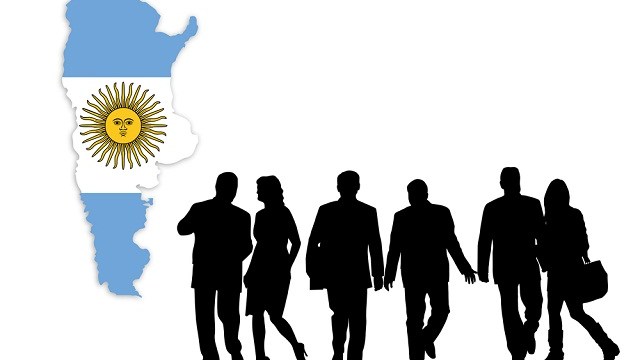Sandy’s Legacy: DIY Urbanism
What’s the Big Idea?
The Portland, Oregon-area activists known as Depaved do more than cut through red tape in their communities. They use jackhammers to rip up pieces of asphalt. This type of action is an example of DIY Urbanism, an idea that combines urban theory with activism and tends to propose radical, bottom-up solutions for re-envisioning our relationships to urban environments.
Other examples of reclaiming urban spaces include “guerilla gardening” or the unsanctioned installation of public art. Or it might simply involve spray-painting a crosswalk so you feel safe to cross the street. Permits are neither asked for nor granted. Call it a little bit of anarchy for the public good.
So what do we make of this trend?
New York City recently became radicalized out of necessity in the wake of Hurricane Sandy. Simply put, when systems broke down, New Yorkers improvised, and took matters into their own hands. In many cases, that’s just what you had to do to get to work. In other cases, like the runners who decided to “wing it” along the cancelled marathon route, it was an expression of what they saw as harmless defiance.
While this mild form of anarchy in New York City was brought on by crisis, the DIY ethic of self-reliance and decentralized power in some cases might just stick, resulting in lasting benefits for the community.
Let’s just look at one example.
Transportation Alternatives.
Bike commuting was already on the rise in New York City before the storm. When transportation systems shut down, bicycles quickly became a hot commodity and a seemingly endless stream of bikes passed over the Williamsburg Bridge during rush hour every morning. So how many of these novices will stick to the bike commute once subway service has been fully restored? Perhaps that depends on how cold the weather is this winter. Or perhaps the answer depends on whether these new riders get hooked, like the musician and cycling advocate David Byrne.
“Riding a bike through the city,” Byrne writes in his book, Bicycle Diaries, “is like navigating the collective pathways of some vast global mind.”
Now that sounds a lot more invigorating than being packed like a sardine into a crowded subway, doesn’t it? While riding a bike in the city may not seem all that radical, to Byrne’s point it is, in fact, a powerful way of re-imaging the urban environment. And if enough people join Byrne’s pursuit, maybe they can reclaim the streets from the congested, pedestrian and cyclist-hostile battlegrounds they have become. (Full disclosure: I’m a bike commuter, and no fan of Robert Moses.)
What’s the Significance?
While many urban centers have used top-down planning to build necessary infrastructure like bike lanes to support transportation alternatives, the viability of these improvements will ultimately be determined from the bottom-up. That will require some controlled anarchy. For instance, can cyclists stop running red lights? Can pedestrians stay off their smart phones at least while crossing the street or while bumbling their way onto a bike lane? Can motorists from New Jersey learn to drive in Manhattan?
For the past week and a half, in my experience at least, the answer to these questions was yes more often than not. The streets actually seemed safer even though the traffic lights were all out downtown. New Yorkers actually seemed more aware of each other and genuinely more attentive to each others’ needs. It was as if part of our brains had suddenly turned on, allowing us to creatively re-imagine the human environment around us.
Image courtesy of Shutterstock
Follow Daniel Honan on Twitter @Daniel Honan





